Risikoverlagerung in Finanzmärkten und nachhaltige Finanzierung
Erleichtern Finanzinstitute nachhaltige Finanzierungen? Diese Forschungsgruppe untersucht die Anreize der Kreditgeber zur Risikoverlagerung, ihre Entscheidungen bei der Unterstützung nachhaltiger Unternehmen und wie sich nachhaltige Finanz- und Rechtsinnovationen auf Unternehmen und Haushalte auswirken.
Forschungscluster
Finanzresilienz und RegulierungIhr Kontakt

- Abteilung Finanzmärkte
Referierte Publikationen
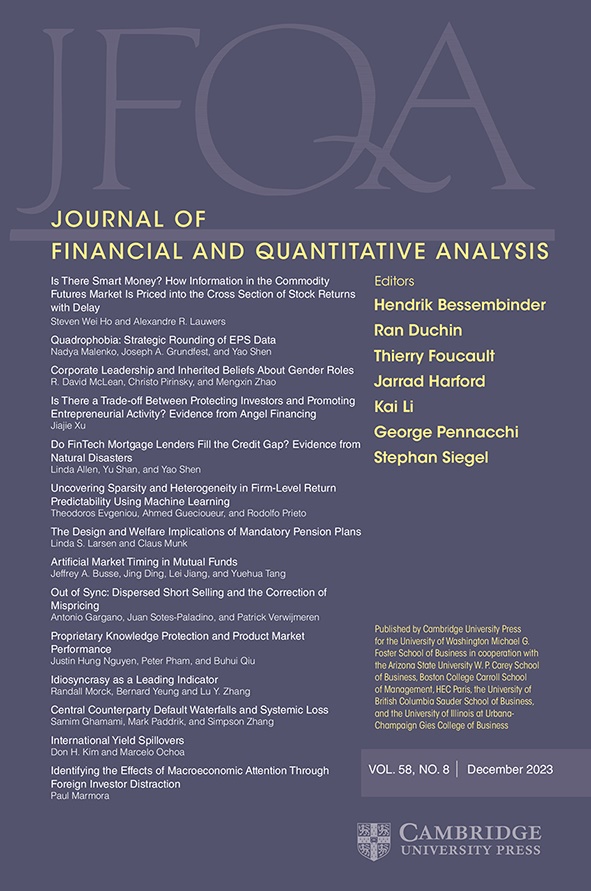
To Securitize or To Price Credit Risk?
in: Journal of Financial and Quantitative Analysis, Nr. 1, 2023
Abstract
<p>Do lenders securitize or price loans in response to credit risk? Exploiting exogenous variation in regional credit risk due to foreclosure law differences along US state borders, we find that lenders securitize mortgages that are eligible for sale to the Government Sponsored Enterprises (GSEs) rather than price regional credit risk. For non-GSE-eligible mortgages with no GSE buyback provision, lenders increase interest rates as they are unable to shift credit risk to loan purchasers. The results inform the debate surrounding the GSEs' buyback provisions, the constant interest rate policy, and show that underpricing regional credit risk increases the GSEs' debt holdings. </p>
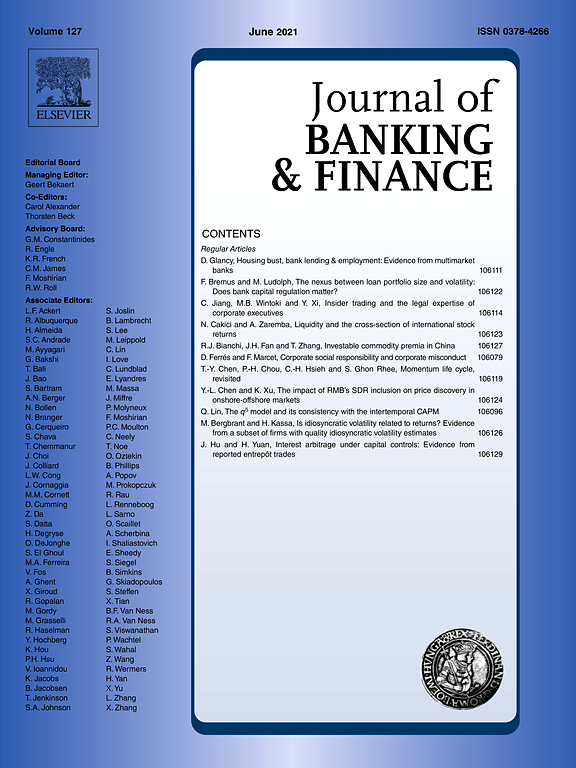
The Effect of Bank Failures on Small Business Loans and Income Inequality
in: Journal of Banking and Finance, January 2023
Abstract
Using variation in the timing and location of branches of failed banks we analyze its effect on income inequality. Employing a difference-in-differences specification we find that bank failures increased the GINI by 0.3 units (or 0.7%). We show that the rise in inequality is due to a decrease in the incomes of the poor that outpaces declines of the rest. We further show that individuals with lower levels of education exhibit a relatively greater decline in real wages and weekly hours worked. Exploring channels of transmission, we find income inequality is explained by a general decline in small business loans. This in turn reduces net new small business formation and their job creation capacity, a sector that hires a substantial share of low-income earners.
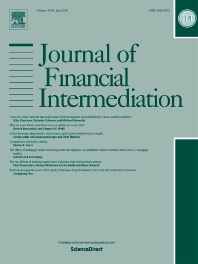
Explicit Deposit Insurance Design: International Effects on Bank Lending during the Global Financial Crisis
in: Journal of Financial Intermediation, July 2022
Abstract
Studies find that during the 2007–2009 global financial crisis, loan spreads rose and corporate lending tightened, especially for foreign borrowers (a flight-home effect). We find that banks in countries with explicit deposit insurance (DI) made smaller reductions in total lending and foreign lending, experienced smaller increases in loan spreads, and had quicker post-crisis recoveries. These effects are more pronounced for banks heavily relying on deposit funding. Evidence also reveals that more generous or credible DI design is associated with a stronger stabilization effect on bank lending during the crisis, confirmed by the difference-in-differences analysis based on expansion of DI coverage during the crisis. The stabilization effect is robust to the use of country-specific crisis measures and control of temporary government guarantees.
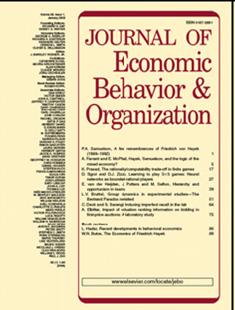
The Impact of Overconfident Customers on Supplier Firm Risks
in: Journal of Economic Behavior and Organization, May 2022
Abstract
Research has shown that firms with overconfident chief executive officers (CEOs) tend to overinvest and are exposed to high risks due to unrealistically optimistic estimates of their firms’ future performance. This study finds evidence that overconfident CEOs also affect suppliers’ risk taking. Specifically, serving overconfident customers can lead to high supplier risks, measured by stock volatility, idiosyncratic risk, and market risk. The effects are pronounced when customers aggressively invest in research and development (R&D). Our results are robust after addressing self-selection bias and using different CEO overconfidence measures. We also document some real effects of customer CEO overconfidence on suppliers.

The Effect of Foreign Institutional Ownership on Corporate Tax Avoidance: International Evidence
in: Journal of International Accounting, Auditing and Taxation, March 2022
Abstract
We find that foreign institutional investors (FIIs) reduce their investee firms’ tax avoidance. We provide evidence that the effect is driven by the institutional distance between FIIs’ home countries/regions and host countries/regions. Specifically, we find that the effect is driven by the influence of FIIs from countries/regions with high-quality institutions (i.e., common law, high government effectiveness, and high regulatory quality) on investee firms located in countries/regions with low-quality institutions. Furthermore, we show that the effect is concentrated on FIIs with little experience in the investee countries/regions or FIIs with stronger monitoring incentives. Finally, we find that FIIs are more likely to vote against management if the firm has a higher level of tax avoidance.
Arbeitspapiere

Labor Market Polarization and Student Debt
in: SSRN Working Paper, 2024
Abstract
<p>This paper uses a new empirical design to explore how labor market polarization affects individuals’ incentive to pursue education funded on the margin by student debt. We argue that the labor market polarization–where automation replaces mid-skill and mid-education-level job–changes the marginal benefits of education and training and sharpens incentives to incur student debt. We advance a new measure of labor market polarizations that allows to capture the heterogeneity of this phenomena across geographies and time. Using this measure, we find that U.S. CBSAs that experience deeper labor market polarization see an increase in student debt balances and in the number of people pursuing student debt. On average, the decline in middle-skill jobs and wages has little effect on individuals’ ability to pay down existing student debt. The effects are most pronounced in ZIP codes with lower average credit scores, lower incomes, and higher share of the minority population.</p>

Climate Stress Tests, Bank Lending, and the Transition to the Carbon-Neutral Economy
in: SSRN Working Papers, Nr. 4427729, 2023
Abstract
<p>Does banking supervision affect borrowers’ transition to the carbon-neutral economy? We use a unique identification strategy that combines the French bank climate pilot exercise with borrowers’ carbon emissions to present two novel findings. First, climate stress tests actively facilitate borrowers’ transition to a low-carbon economy through a lending channel. Stress-tested banks increase loan volumes but simultaneously charge higher interest rates for brown borrowers. Second, additional lending is associated with some improvements in environmental performance. While borrowers commit more to reduce carbon emissions and are more likely to evaluate environmental effects of their projects, they neither reduce direct carbon emissions, nor terminate relationships with environmentally unfriendly suppliers. Our findings establish a causal link between bank climate stress tests and borrowers’ reductions in transition risk.</p>
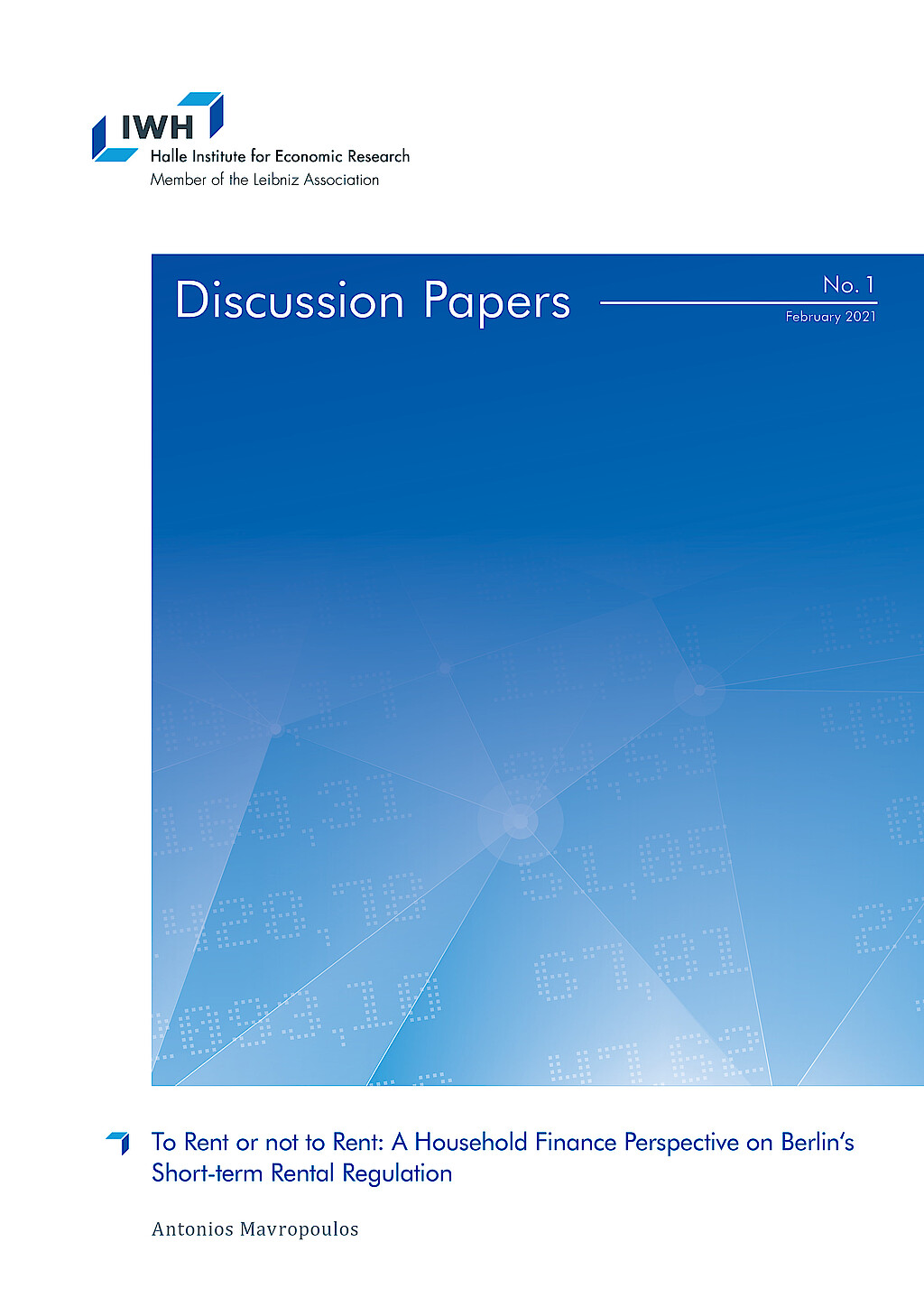
To Rent or not to Rent: A Household Finance Perspective on Berlin's Short-term Rental Regulation
in: IWH Discussion Papers, Nr. 1, 2021
Abstract
With the increasing concerns that accompany the rising trends of house sharing economies, regulators impose new laws to counteract housing supply scarcity. In this paper, I investigate whether the ban on short-term entire house listings activated in Berlin in May 2016 had any adverse effects from a household finance perspective. More specifically, I derive short-term rental income and counter-factually compare it with long-term rental income to find that the ban, by decreasing the supply of short-term housing, accelerated short-term rental income but did not have any direct effect on long-term rental income. Commercial home-owners therefore would find renting on the short-term market to be financially advantageous.
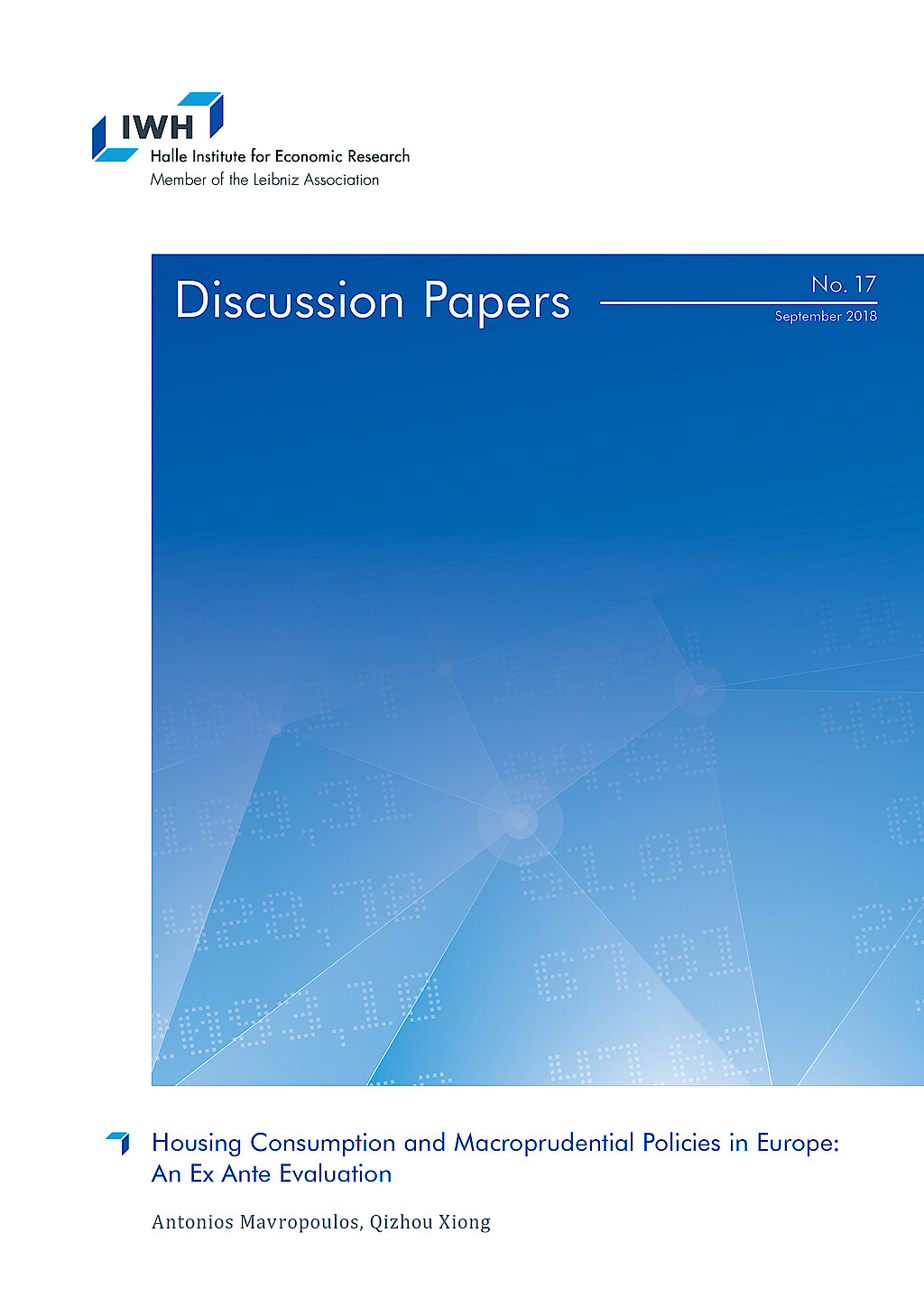
Housing Consumption and Macroprudential Policies in Europe: An Ex Ante Evaluation
in: IWH Discussion Papers, Nr. 17, 2018
Abstract
In this paper, we use the panel of the first two waves of the Household Finance and Consumption Survey by the European Central Bank to study housing demand of European households and evaluate potential housing market regulations in the post-crisis era. We provide a comprehensive account of the housing decisions of European households between 2010 and 2014, and structurally estimate the housing preference of a simple life-cycle housing choice model. We then evaluate the effect of a tighter LTV/LTI regulation via counter-factual simulations. We find that those regulations limit homeownership and wealth accumulation, reduces housing consumption but may be welfare improving for the young households.





